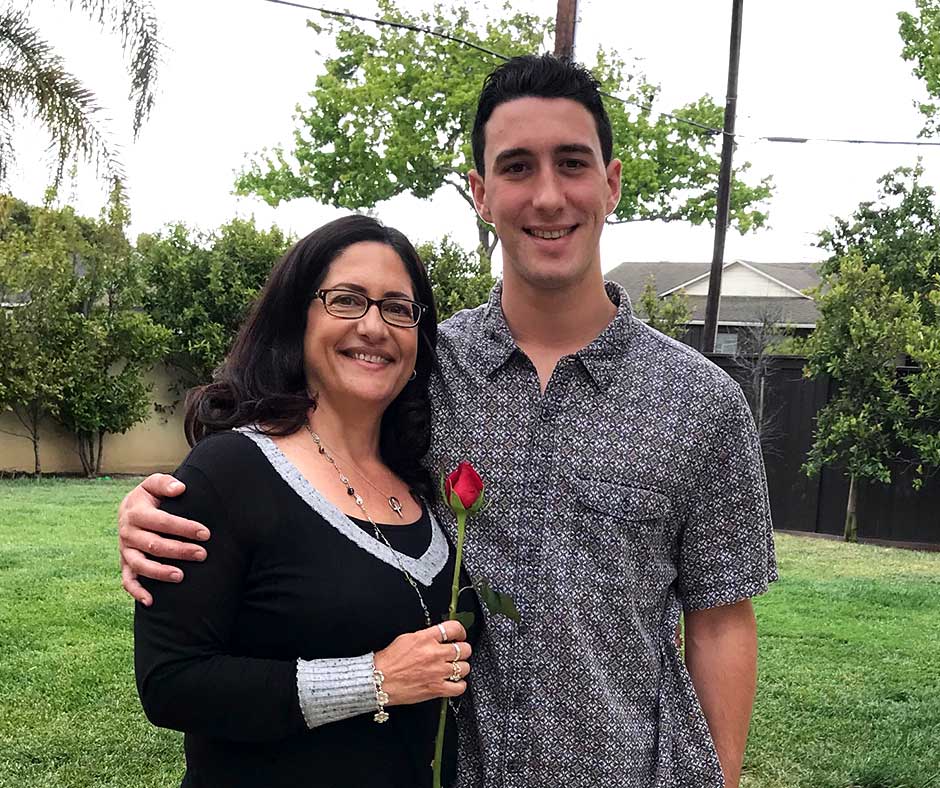12 step meetings are an important part of most sober individuals’ recovery programs. How many meetings should be attended each week though? Does a successful recovery schedule look any differently for someone that has just gotten sober, versus someone that has been sober for a longer amount of time?
Early Recovery
Being new to recovery is an overwhelming process for most. It can feel like you are missing your skin, coming from the security blanket of drugs and alcohol that was relied on for so long. One of the first ways that those new to recovery find comfort is through 12 step meetings and the fellowship that comes along with them. So a newcomer’s 12 step meeting schedule should be pretty packed.
Conventional AA wisdom suggests something called ‘90 in 90’. This means getting to 90 Alcoholics Anonymous meetings in 90 days. There are a few reasons behind this heavy amount of initial meetings. Firstly, someone fresh into recovery can heavily benefit from the saturation of recovery that this many meetings can provide. There are usually not a whole lot of positive things taking place in someone’s life when they first get sober, and it takes some time to rebuild a lot of those things. Jobs, relationships, and recreational activities have usually taken a backseat to addiction by the time someone first enters recovery. This means it is especially important to start filling up the empty space that was taken up by alcohol and drug abuse, with something healthy.
Another important part of frequent meeting attendance in early recovery is the development of a new community that begins to take place. Addiction thrives in isolation, and it is important for those who are new to recovery to begin forming new and healthy relationships. Meetings are a great space to connect with others that understand what someone is going through. These new relationships will transfer outside of the actual meetings and newcomers find themselves involved with others in recovery doing new sober activities and building lasting friendships.
Later In Recovery
As someone gets more time sober and their life gets put back together, they usually find themselves becoming busier. Employment becomes a reality, school and education come back into the picture, and new responsibilities become a part of life. The almost daily meeting schedule of early recovery is often not possible anymore. This is not necessarily a bad thing though. By 6 months to a year in recovery, if someone has been diligent with meeting attendance and sticking their hand out in early recovery, they have developed a strong community around them. This allows them to maintain their connection with the program while not being able to hit a meeting every single day because of employment or other obligations. A year sober is still very early though and it is not recommended that someone drops below 4 meetings a week. Ideally by this time someone is finding the balance of going to meetings, maintaining commitments at some of those meetings and reaching out to those with less time sober.
Regardless of how much time sober someone has though, it is never recommended to let meeting attendance drop off or quit. One of the first warning signs that someone is growing disconnected from their personal program is when their meeting attendance starts to falter. Even with years of sobriety, making it to meetings, remaining connected with the program and giving back to those with less time is very important!
Last Updated on September 10, 2024

